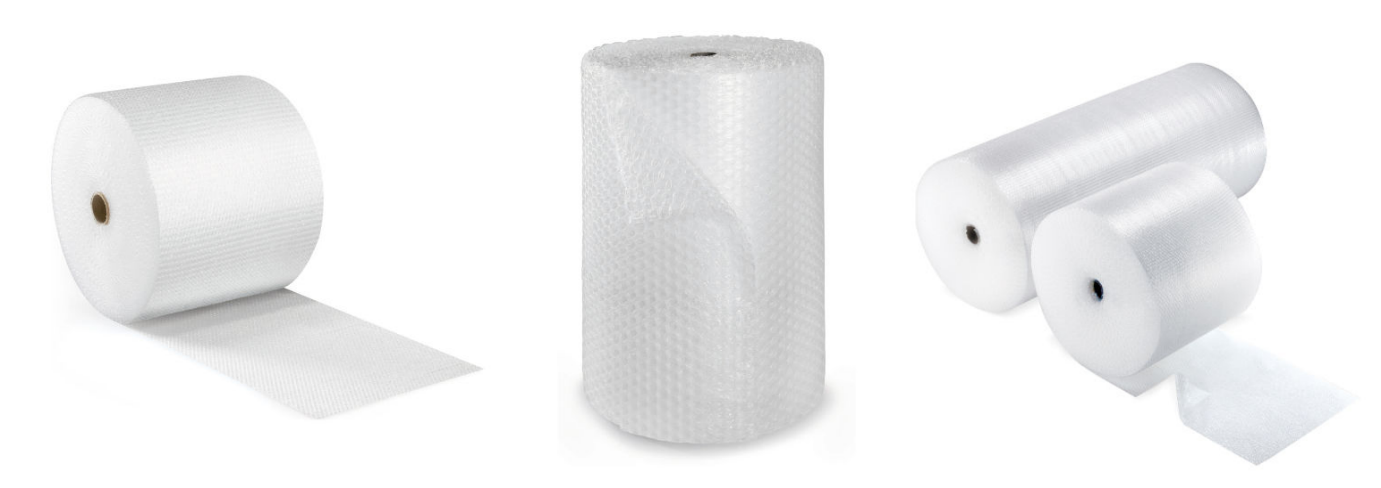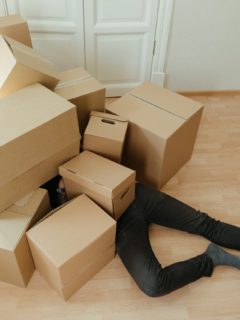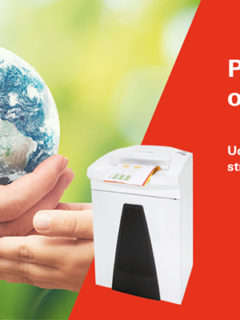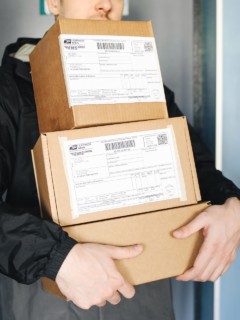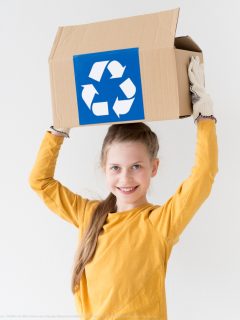Protective packaging, such as bubble wrap, plays one of the most important roles in the packaging of goods. They keep the item safe from bumps and shocks, so it reaches its owner safely.
Bubble wrap is light, strong and soft, easy to work with and offers amazing protection for anything – and besides, popping bubbles helps against stress! 🙂
In this article we’ll look at bubble wrap in detail; we’ll look at how bubble wrap is made, how it was invented and how it can be used for packaging. Among other things, how to recycle it too!
So how is bubble wrap made?
Bubble wrap is made from tiny beads of resin, almost like grains of rice. Because of their different properties, several different resins are used and combined into the material we know and use as bubble wrap.
The tiny resin beads are melted to over 450° C, where they fuse together to form a thin film that is the base material for bubble wrap. This film is then flattened to the required thickness before being introduced into cylinders with small holes.
As the film travels through these rollers, with the aid of vacuum, small holes are created which cause air bubbles to form. To prevent air escaping from the bubbles, a second film is stuck on to seal the air inside the bubbles.
Finally, it is cut to width and perforated so that it can be wound into large, industrial rolls. The produced bubble wrap goes to quality control.
A revolutionary invention!
Bubble wrap was invented in 1957, not by a single person, but by two inventors named Alfred Fielding and Marc Chavannes.
Alfred and Marc weren’t trying to create a packaging material, they were actually trying to invent a three-dimensional tactile wallpaper by sealing two shower curtains together!
Unfortunately, their invention failed to sell as wallpaper, so they tried to market it as a greenhouse insulator, also with limited success. It was not until a few years later in 1961 that the packaging and protection offered by their invention was fully realized.
The name “Bubble Wrap” was trademarked by the Sealed Air corporation (which was founded by Alfred and Marc) and IBM became their first major customer to use it to protect sensitive computers during shipping. Over 50 years later it is used worldwide and is one of the most common packaging materials today.
Is bubble wrap recyclable?
This amazing material not only excels in great protection, but surprisingly, it can also be recycled. This section will address a frequently asked question: “is bubble wrap environmentally friendly?”
There are several ways you can recycle bubble wrap; the most common way is to recycle it in yellow plastic containers.
If you want to go a completely different route. There is the option of using crumpled fixing paper. However, you need to take into account that you need to use a little more of it to fix the goods well.
How to pack with bubble wrap?
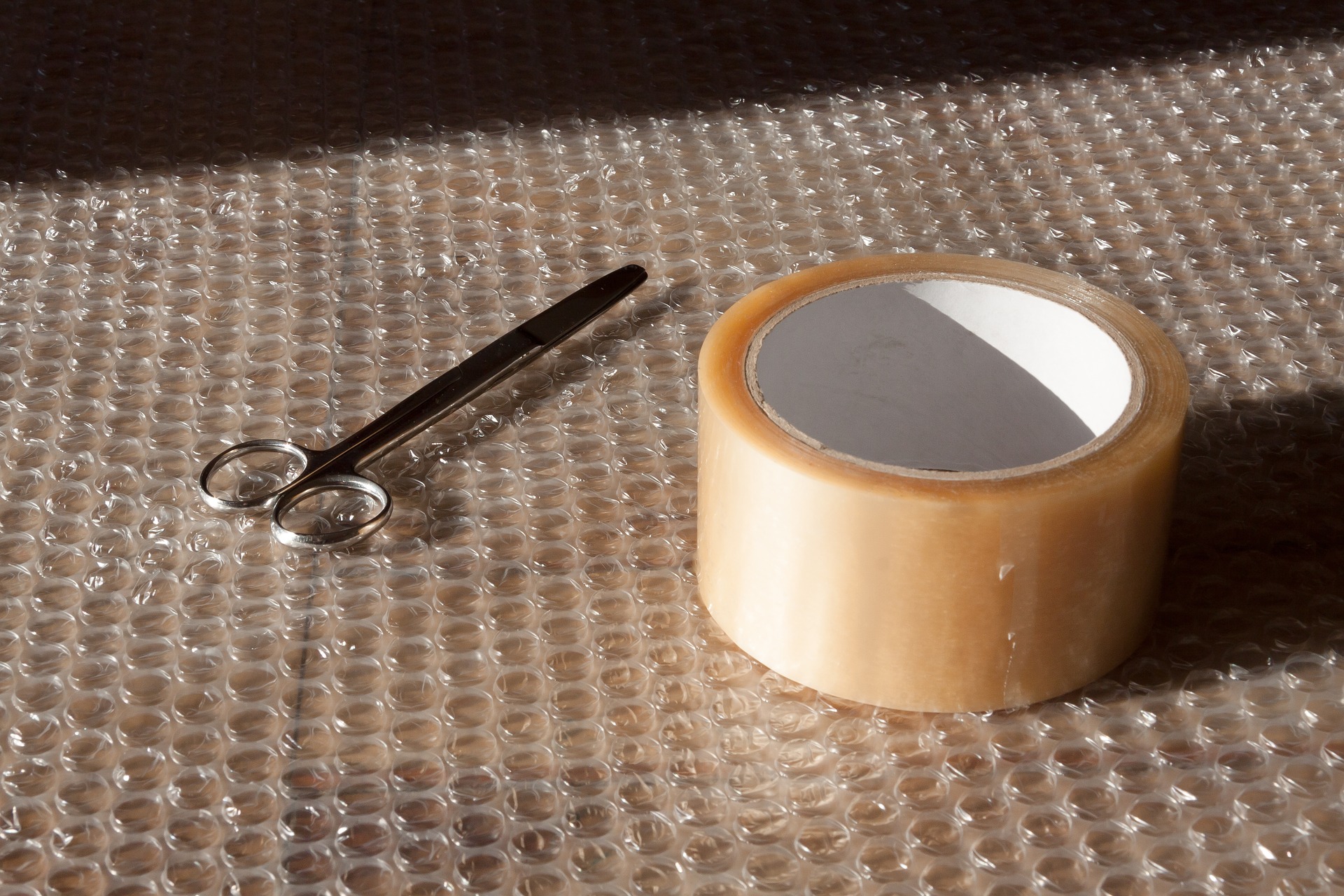
As you know, bubble wrap has a flat side and cushioned bubbles. So the question is: “how to pack the goods in a way to avoid damage during transportation?”
We recommend to always pack with the bubbles inside to the product so that the cushioning is directly on the product during transportation. Also remember to use adhesive tape to close the packaging.
If you are shipping a shipment with multiple items inside, bubble wrap can be used to layer and separate, providing a soft layer of air cushioning while preventing products from moving freely during transport.
Bubble wrap is not only available in rolls, but also bubble bags. These are particularly suitable for small delicate products such as jewellery, cosmetics or small electronic products. But be careful with electrical products! It is best to use anti-static bags that prevent static discharge.
In RAJAPACK, as every month, we have a special offer of -20% on selected bubble wrap. You can find the special prices at www.rajapack.cz!











